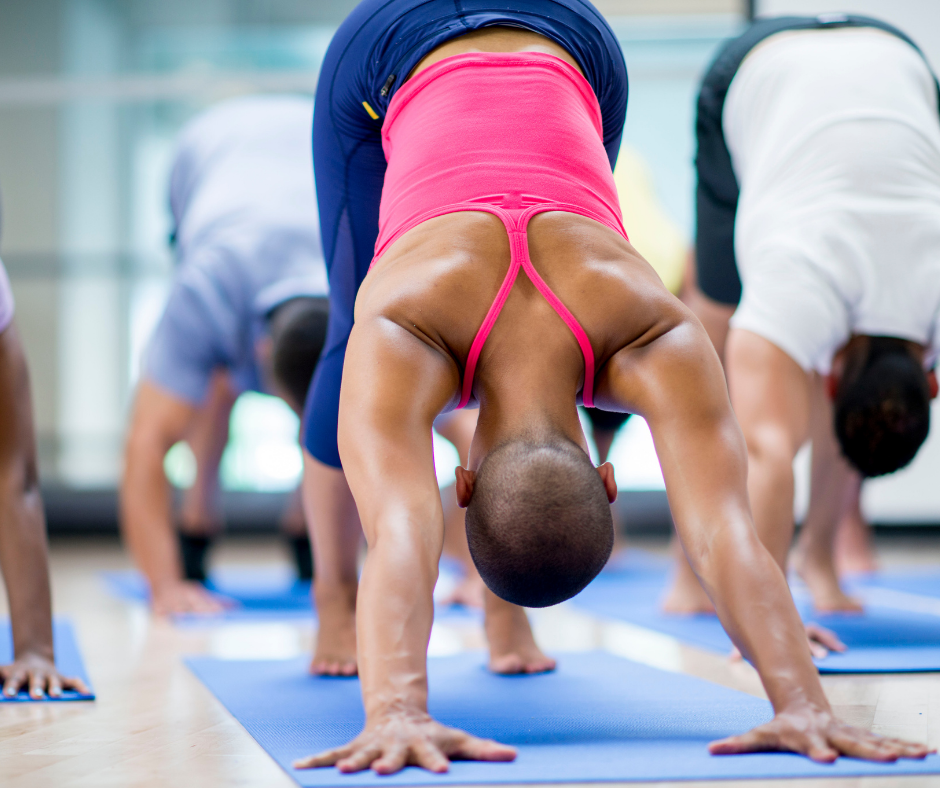Healing begins from the inside out. The body carries experiences, stress, and trauma in ways we do not always recognize. A regulated nervous system does not only depend on stillness or therapy sessions but also on how we move each day.
Movement has the power to release what we hold and guide us toward balance. Through intentional practices, we can find safety and rhythm again. In this blog, we will cover what a dysregulated nervous system looks like, how movement restores balance, and the practices that keep us grounded.
What is a Dysregulated Nervous System
A dysregulated nervous system struggles to find balance between rest and alertness. When our stress response is stuck, the body remains tense and unsettled. Instead of feeling calm, we may live in constant overdrive. This factor can make it hard to relax, focus, or feel safe in our own bodies. Over time, unresolved tension affects both mental and physical well-being. Recognizing the signs of dysregulation is the first step to creating change.
Signs Your Nervous System is Dysregulated
A dysregulated nervous system often shows up through fatigue, restlessness, or brain fog. Some people may feel wired but exhausted. Others may shut down or withdraw from everyday activities.
Tension in the shoulders, shallow breathing, and stomach discomfort are also common signs of dysregulation. These signals are the body’s way of asking for restoration and care through practices that bring regulation.
How to Regulate Your Nervous System Through Movement
Movement heals by reconnecting us with our body. It builds safety, restores rhythm, and creates a regulated nervous system over time. Consistency is more important than perfection. Choosing practices that support both strength and gentleness helps the body find balance again. Movement transforms regulation into a lifestyle when practiced with intention.
Ballet
Ballet supports a regulated nervous system through steady routines and graceful motion. Stretching and pushing the body with intention builds both discipline and release. Slow and mindful movements reduce stress while activating strength.
Ballet also creates a sense of elegance that uplifts the spirit. Even a few minutes at the barre can change how we feel. Adding cute leos makes the experience enjoyable and keeps us motivated. Ballet shows us how structure and flow create balance.
Yoga
Yoga regulates the nervous system by connecting breath to movement. Practicing in the morning and evening grounds the body in rhythm. Flowing sequences release tension and improve circulation.
Certain poses help calm the mind while others restore energy. A quality yoga mat makes practice more comfortable and keeps us anchored. Yoga turns ordinary stretching into a ritual that creates a regulated nervous system.
Gym
Strength training and endurance workouts regulate the nervous system by building resilience. Lifting weights increases confidence and helps release frustration in healthy ways. Endurance training strengthens the heart and stabilizes energy levels.
When motivation is low, great preworkout helps us show up and feel ready. A consistent gym routine clears the mind and supports a regulated nervous system by teaching the body to adapt and recover. Movement becomes a tool for empowerment as much as health.
Other Ways to Regulate Through Movement
Movement is versatile, and the body responds well to different forms of practice. Exploring new methods ensures variety while still supporting balance and calm. Every form of intentional movement offers the body a chance to create a regulated nervous system.
Walks or Runs
Walking and running combine a steady rhythm with mindful release. Moving outdoors supports regulation through exposure to fresh air and sunlight. The body relaxes as the mind resets, reducing stress naturally. Even a short walk can bring the nervous system back into balance. Running also builds endurance, which improves resilience against daily stress.
Swimming
Swimming creates a full-body release while supporting deep breathing patterns. The water provides both resistance and comfort, allowing tension to dissolve. Being surrounded by water naturally lowers stress and restores nervous system balance. Swimming also improves circulation and supports joint health, making it a sustainable practice for many.
Pilates
Pilates blends strength, flexibility, and core activation into one mindful practice. Slow, controlled movements teach the body to stabilize and strengthen. Pilates regulates the nervous system by improving posture and creating awareness of each muscle group. This practice helps release stored tension while building long-term resilience. It is an accessible option that works well for both beginners and advanced movers.
Pick a Method of Movement and Stick With It
You must build a regulated nervous system through consistency. Movement becomes powerful when practiced regularly, not only when stress is high. Choosing one method and making it a habit creates stability. Whether walking, yoga, or the gym feels most natural, commitment is what leads to change. Balance comes from returning to the same practice until it feels safe and grounding.
Your Path to Regulation
Healing the nervous system begins with the body. Movement turns stress into strength and teaches us to find calm again. By choosing practices that support rhythm and release, we create space for growth and safety. A regulated nervous system is not built overnight, but every stretch, breath, and lift brings us closer. Explore our other blogs to continue learning how movement, creativity, and mindfulness transform healing into a lifestyle.



